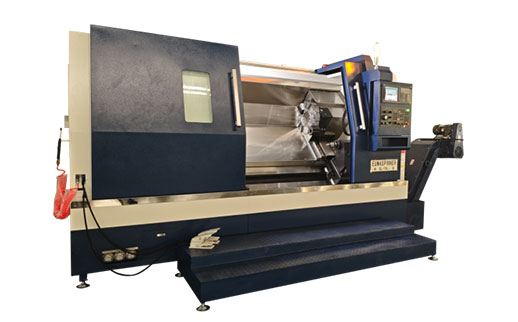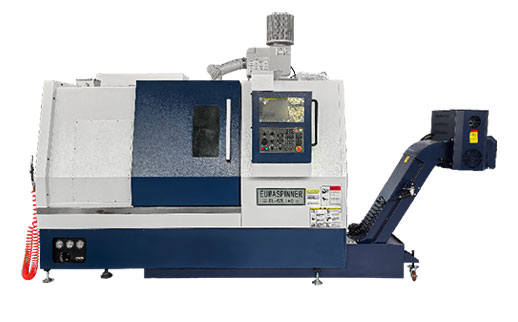As a core integrated machining equipment, CNC turn mill centers combine turning (rotational part processing) and milling (multi-surface cutting) functions, solving the pain points of traditional multi-machine switching—such as low efficiency and high error rates. Today, they have become a "must-have" in key manufacturing sectors, with their processing applications covering high-precision, complex, and mass-produced parts. Below are their core applications and market insights, simplified for clarity.

CNC turn-mill centers produce high-performance aerospace components like turbine blades, engine casings, and landing gear from titanium alloys and superalloys. They enable multi-operation processing (contouring, drilling) in one setup, improving part accuracy by 2-3 grades vs. traditional methods (tolerances ±0.005mm) and supporting 5-axis machining for lightweight, aerodynamic parts.
In automotive manufacturing, these machines focus on engine/transmission parts (crankshafts, gear shafts) and EV components (battery housings, motor parts). Equipped with dual spindles and auto tool changers, they cut lead times while maintaining tight tolerances, delivering 30-50% productivity gains for mass production.
For medical use, turn-mill centers create ultra-precise implants (hip/knee replacements) and dental abutments from biocompatible materials (titanium, ceramics). They achieve surface finishes as fine as Ra 0.8μm, minimize contamination via single-setup processing, and support small-batch customized surgical instruments.
In the energy sector, heavy-duty turn-mill systems (e.g., VL-1600ATC+C with 8-ton workpiece capacity) machine large components: wind turbine shafts, gas turbine rotors, and oil/gas valves. They handle deep holes and complex contours, reducing production time for heavy parts by up to 40%.
These centers streamline mold manufacturing (cavities, cores, electrodes) by switching between turning/milling without repositioning, cutting delivery times by 25-40%. For general machinery, they process hydraulic valve blocks and custom shafts, with systems like GSK’s 988TD enabling easy programming for low-to-medium volume, variable production.
The global horizontal CNC turn-mill center market is projected to reach $46.03 billion by 2031 (6.2% CAGR, 2024-2030). Key advancements include automation (robotic loaders, IIoT for lights-out production), enhanced multi-axis capabilities, and user-friendly interfaces. Leading manufacturers include DMG MORI, Okuma, and INDEX-Werke, with strong growth in Asia-Pacific (notably China).
With manufacturing moving toward "high precision" and "integration," CNC turn mill centers will continue to expand their processing boundaries—from traditional mechanical parts to emerging fields like 3C (computers, communications, consumer electronics) and new energy storage, solidifying their role as a core driver of modern production. If you want to know more about Turn mill centers, you can contact EUMA Machinery, we can provide effective help



GET A QUOTE